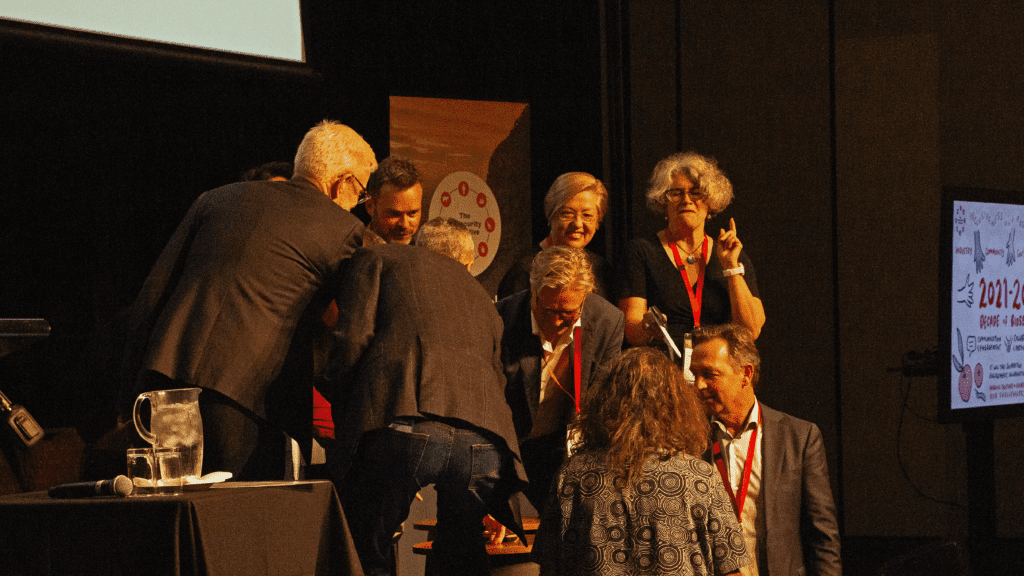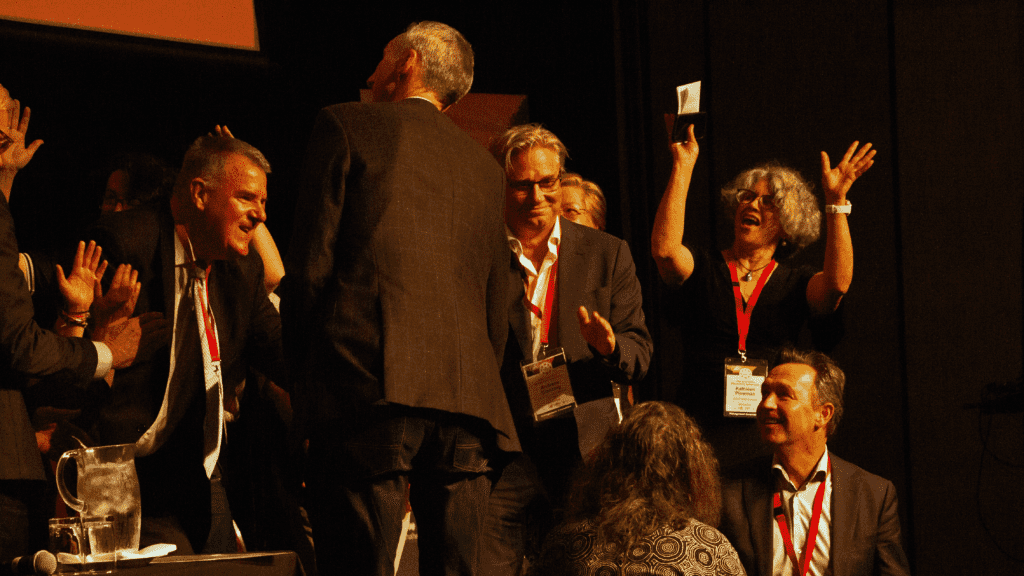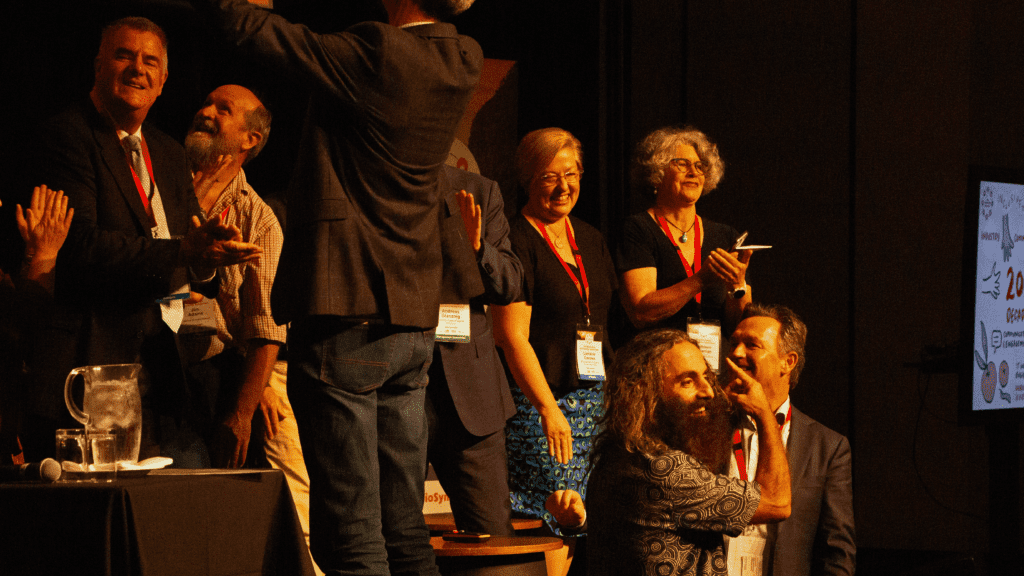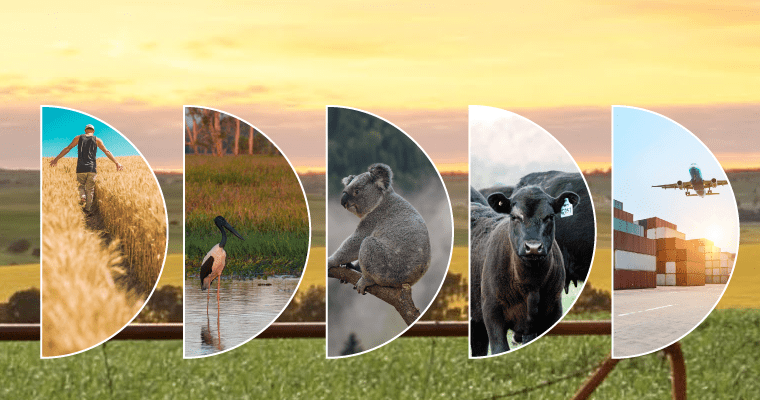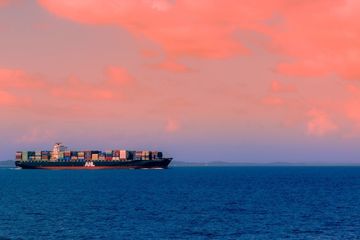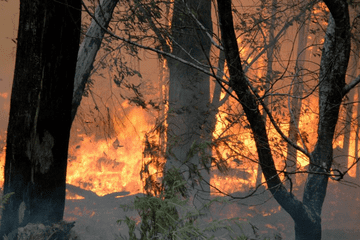As the Invasive Species Council celebrates 20 years, a major milestone was achieved – we co-hosted Australia’s second ever Biosecurity Symposium
The Australian Biosecurity Symposium is a platform to explore how to transform Australia’s biosecurity system to better protect our economy, environment and way of life. In May, over 400 government, industry, scientific and community representatives from across the nation’s biosecurity system came together under the one roof for three days to influence the direction of Australia’s future biosecurity system. We developed new ideas, built new partnerships and engaged in challenging discussions about how to best tackle the unprecedented pressure on Australia’s biosecurity system.
There was palpable excitement at the opportunity to once again meet face-to-face following what might have been the greatest biosecurity challenge of our lifetimes, the COVID-19 pandemic. Stimulating debate and enthusiasm was in great supply, inspired by an array of talented, diverse and informative guest speakers and greatly anticipated key notes
Alongside keynote presentations from the likes of Coronacast’s Dr Norman Swann and Gardening Australia’s Costa Georgiadis, the Decade of Biosecurity was launched.

What is the Decade of Biosecurity?
The Decade of Biosecurity will place the spotlight on the importance of biosecurity for all Australians during the 2020s.
The Biosecurity Collective has been working to advance the Decade of Biosecurity 2030 Project for 3 years – an ambitious and critical initiative to transform our national biosecurity system to protect all Australians. A powerful alliance is needed to confront the unprecedented challenges of invasive species and win strong leadership, broader collaborations and innovation. The Collective, Animal Health Australia, Invasive Species Council, Centre for Invasive Species Solutions and Plant Health Australia have secured support for the Decade of Biosecurity from important partners including Landcare Australia, National Farmers’ Federation, NRM Regions Australia and National Landcare Network.
All state and territory governments have committed to this decade being dubbed the Decade of Biosecurity, and we’re looking for the incoming federal government to formally come on board too. We also plan for it to become a high-profile component of the soon-to-be-finalised National Biosecurity Strategy.
By 2030, we want to ensure sustainable investment mechanisms for essential biosecurity, a strong understanding of biosecurity in all Australians and greater involvement in biosecurity surveillance across the country.
Why are we launching it now?
Biosecurity is biodiversity’s best chance, but there are major holes in Australia’s biosecurity net. We need to transform the way we operate in order to help our biosecurity system remain resilient in the face of increasing pressures.
As international travel and trade grow, so do the risks. New invaders keep arriving and establishing at an alarming rate. From an environmental perspective, this includes the likes of myrtle rust, red fire ants, yellow crazy ants, Asian honeybees and smooth newts, all of which could cause major biodiversity declines.
More and more foreign invaders will hitch a ride on ships to our shores and spread across our country, unless we stop them. Those that are already here will spread into our protected areas and farmlands, transforming landscapes and killing native species and farm animals.
We cannot continue to do things the same way.
People across Australia are also undertaking biosecurity activities every day – working in our communities, in our businesses, for our governments and in our own backyards. These people recognise what’s at stake. People like you and me.
But many out there don’t know how their behaviour can positively or negatively affect our environment, farms and livelihoods, nor do they know how to change it.
We need to build a biosecurity system ready for 2030. And we need to start now!
To do this, it will be necessary to harness the efforts of all Australians.
Through the Decade of Biosecurity, we seek to put industries, businesses, government and community at the centre of biosecurity so that together we can achieve a stronger biosecurity system. Biosecurity is too important to do on our own.
Join the movement
With the support of our Decade of Biosecurity Project 2030 Ambassador, Costa Georgiadis, we are just at the beginning of this exciting journey.
Over the coming months, the Decade of Biosecurity Steering Committee will be focusing on planning, engagement and partnership building.
We want everyone to be part of the process, and will be reaching out over the course of the coming months as we begin to roll out many exciting activities.
We’re seeking innovators, influencers and those involved with citizen and business communities to join us as we mould this initiative in these early days.
Sign-up to the Decade of Biosecurity >>
How are you and your organisation going to rise to the challenge of the Decade of Biosecurity?

